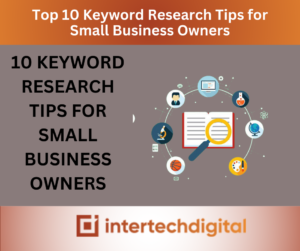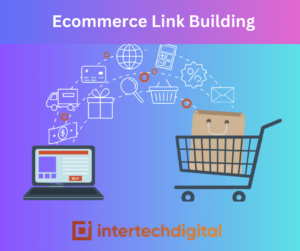
WHAT DOES IT MEAN TO HAVE “NICHE PRODUCTS FOR AMAZON FBA”? AND WHY ARE NICHES SO IMPORTANT?
A niche can be thought of as a small, self-contained segment of a larger market or demographic. If you can, call it a “submarket.”
In certain instances, if a given category is too competitive, simply “niching down” will allow you to find something more specific and less competitive. This means that instead of trying to cater to everyone in a market, you’re focusing on a particular segment or region. This means it’ll be much easier to create a product that appeals to those customers. Since fewer existing vendors target the same demographic as you, it’ll be much easier to capture the market’s interest and turn a profit.
But where should I begin? How do I even decide which niches to investigate?
This is the first question that many first-time sellers would have to tackle.
Remember, you want high demand and little competition.
If you look at items that concern you or the most prominent categories that sell well, there’s a good chance that competition will be fierce.
For example, keywords like “Adidas trainers” will already be saturated with existing sellers (or Adidas themselves), and you won’t be able to compete.
Most inexperienced and uneducated Amazon sellers would go straight for the most famous group. Still, you want to avoid being suffocated by them and instead look for gold in the quiet niches that few people know. And the only way to find them is to do the math and put in the effort.
HOW TO FIND THE BEST AMAZON FBA NICHE PRODUCTS
There are a variety of approaches to finding a lucrative Amazon FBA niche, so here’s what you should be searching for:
ü Christmas decorations, for example, will look fantastic if you check demand in December, but they will leave you high and dry the rest of the year! Some items can be like this without your knowledge, so do your homework.)
ü Have a high perceived value/margin potential
ü Items that people can’t find in their local stores because they’re exclusive or quirky
ü Lightweight and straightforward to transport. This is a two-edged sword since a commodity that is heavy and difficult to transport can have little competition simply because of that. However, extra packaging and shipping weight will result in a lower profit margin, so look for small and light items first.
ü A price point that isn’t too high to be considered too low to be considered acceptable, but not too low to be considered an impulse buy territory. Approximately $20-$100
Avoid these Amazon niches:
ü Things prone to quickly breaking or malfunctioning (glass, complex electronics, paper decorations, etc.)
ü Products that are currently in high demand but are unlikely to last in the long run.
ü USB sticks are an example of a problematic product to change, or that is the same. It will be far too challenging to make a decent profit, particularly if these already have very low markups.
First, consider the subjects you are already enthusiastic about or knowledgeable about, as there’s a good chance you already have some ideas in this field.
For example, if you’re an accomplished angler, you may have a suggestion for a more ergonomic rod handle that might help others.
However, we can’t all depend on our passions and hobbies, so here are some suggestions for finding a profitable Amazon product niche:
Make Sure It Has a Healthy Profit Margin.
This may seem self-evident, but it’s important to mention because most Amazon sellers learn this the hard way with their first product.
Keep in mind that delivery, Amazon fees, tax, and marketing must all be factored in.
Your margin has a direct impact on how many units you’ll need to sell to make a profit – for example, if you pay 0.10 per unit and sell for 1.50, you’ll have a significant margin, but you’ll also need to sell a lot of companies to make a profit.
On the other hand, when purchasing a unit for $10 and selling it for $35 results in a lower profit margin, it helps you to bear costs more efficiently and make a better profit with fewer sales.
Keep in mind the Dimensions and Weight.
Selling a product that is too big or too heavy would add to your problems. Shipping would be more costly (which will scare off customers), losses will be more frequent, and the manufacturer’s shipments will more likely include fewer units.
Small and light products are easier to handle logistically and are less expensive to repair.
This does not, however, imply that you can choose this form of a product. Most sellers will prioritize this, which means that in particular niches, going for the heavier, larger goods may result in much less competition.
It must be part of your strategy in any case because it is a risky thing to forget.
Make sure that there is a demand for your product.
This is an easy one to ignore because it’s tempting to believe that sales will follow if you sell a decent product at a reasonable price. But, if no one is looking for this form of product, you’re doomed to fail regardless of how good your offering is.
To check the sales of established sellers of similar goods, we suggest using an Amazon product analysis tool such as Helium10.
Aim for 150+ sales per month, as something less than that happens in a niche market where you won’t be able to get a significant share.
Read More: How Can You Quickly Repair Your Online Reputation



